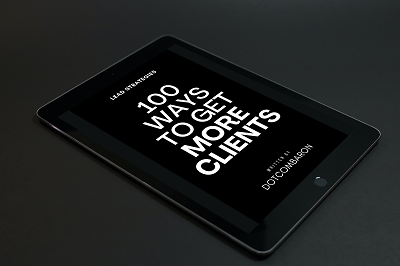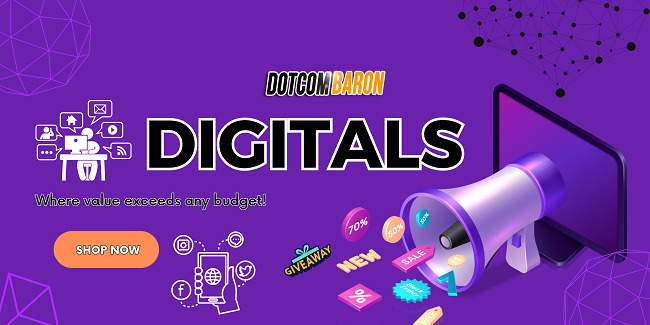Introduction
In the vast landscape of branding and marketing, there lies a powerful tool that has the potential to transform the way we connect with our audiences – Brand Archetypes.
These archetypes, deeply rooted in human psychology, serve as a compass, guiding us to create more meaningful, engaging, and authentic brand narratives.
If you’re an explorer at heart, always seeking new territories in the realm of branding, then you’re about to embark on an exciting journey. Brand archetypes are not just theoretical concepts; they are practical tools that can breathe life into your brand, making it more relatable and memorable.
They can be the secret ingredient that sets your brand apart in the crowded marketplace, helping you forge deeper connections with your audience.
Imagine your brand not just as a business, but as a character in a story – a character that your audience can relate to, root for, and see a bit of themselves in. This is the power of brand archetypes.
They allow us to humanize our brands, making them more than just businesses, but entities with personalities, values, and stories.
By understanding and implementing brand archetypes in your copywriting, you can tap into universal feelings and experiences, making your messages resonate on a deeper level.
This can lead to increased brand loyalty, more meaningful engagement, and ultimately, a stronger brand.
So, are you ready to venture into the world of brand archetypes? Let’s embark on this journey together, exploring each archetype in detail, understanding their characteristics, and learning how to effectively use them in your branding strategy.
The journey promises to be enlightening and could potentially change the way you view your brand.
Let’s begin!
The Concept of Brand Archetypes
As we delve deeper into the world of brand archetypes, it’s essential to understand their origins and the profound psychological underpinnings that make them so effective. The concept of archetypes was first introduced by the Swiss psychiatrist Carl Jung, who believed that archetypes are universal, archaic patterns and images that derive from the collective unconscious.
In the context of branding, these archetypes are not just abstract concepts; they are tangible frameworks that can shape our brand’s personality, values, and narrative. They serve as a blueprint, helping us construct a brand identity that resonates with our audience on a profound, emotional level.
Think of brand archetypes as the DNA of your brand. Just as DNA determines the unique characteristics of an individual, brand archetypes define the unique traits and behaviors of your brand. They provide a consistent structure to your brand narrative, making it cohesive, relatable, and memorable.
But why does this matter to you, the explorer, the seeker of new branding frontiers? Because understanding and leveraging brand archetypes can be a game-changer for your brand. It can help you navigate the complex terrain of branding, providing you with a reliable map to guide your journey.
By harnessing the power of brand archetypes, you can create a brand that is not just seen or heard, but felt. A brand that doesn’t just exist in the marketplace, but lives in the hearts and minds of your audience. A brand that tells a compelling story, a story that your audience wants to be a part of.
So, let’s continue our exploration, delving into the world of the 12 primary brand archetypes, understanding their unique characteristics, and learning how to bring them to life in our branding.

The 12 Brand Archetypes
As we journey further into the realm of brand archetypes, we encounter twelve distinct characters, each with its own unique traits, motivations, and values. These archetypes, while diverse, all share a common purpose – to help brands forge deeper, more meaningful connections with their audiences. Let’s meet these twelve archetypes and explore how they can be brought to life in your branding.
The Innocent
The Innocent archetype embodies purity, goodness, and optimism. Brands that align with this archetype often have a simple, straightforward message that resonates with people seeking comfort, safety, and simplicity. A user case could be a skincare brand that promises gentle, natural care for your skin, free from harsh chemicals.
The Everyman
The Everyman archetype is relatable and down-to-earth. It appeals to the sense of belonging and community. A brand that uses this archetype could be a coffee shop that prides itself on its friendly atmosphere and being a gathering place for the local community.
The Hero
The Hero archetype is all about courage, determination, and triumph over obstacles. A fitness brand promoting resilience and personal achievement would be a perfect user case for this archetype.
The Outlaw
The Outlaw archetype is for brands that challenge the status quo and rebel against conventions. A user case could be a tech startup that disrupts traditional industries with innovative solutions.
The Explorer
The Explorer archetype is for brands that encourage discovery, freedom, and a pioneering spirit. A travel agency that offers off-the-beaten-path adventures would be an ideal user case.
The Creator
The Creator archetype is all about innovation, imagination, and the ability to turn ideas into reality. A user case could be a software company that provides tools for digital design and creativity.
The Ruler
The Ruler archetype exudes authority, control, and leadership. A luxury car brand that signifies status and power would be a fitting user case for this archetype.
The Magician
The Magician archetype is about transformation and making dreams come true. A user case could be a personal development coach helping clients to transform their lives.
The Lover
The Lover archetype focuses on passion, pleasure, and creating strong relationships. A user case could be a high-end chocolate brand that promises indulgence and sensory pleasure.
The Caregiver
The Caregiver archetype is empathetic, nurturing, and protective. A user case could be a healthcare brand that positions itself as a caring partner in the customer’s health journey.
The Jester
The Jester archetype brings joy, humor, and light-heartedness. A user case could be a fun, quirky snack brand that doesn’t take itself too seriously.
The Sage
The Sage archetype seeks wisdom, understanding, and enlightenment. A user case could be an educational platform that empowers users with knowledge and insights.
As we explore each archetype in more detail, consider which one aligns most closely with your brand’s values and aspirations.
Remember, choosing your brand’s archetype is a significant step in crafting a compelling brand narrative that resonates with your audience.
Choosing the Right Archetype for Your Brand
As we navigate the diverse landscape of brand archetypes, one question emerges: How do you choose the right archetype for your brand? This decision is a crucial waypoint on your branding journey, as it can significantly influence how your audience perceives and interacts with your brand.
Choosing the right archetype isn’t about picking the one you like the most or the one that seems the most successful in the market. It’s about finding the archetype that aligns with your brand’s core values, mission, and personality. It’s about identifying the character that can authentically represent your brand’s story and promise.
Consider your brand’s unique characteristics and the values you want to convey. Are you a Hero, striving to empower your customers and help them overcome challenges? Or perhaps you’re a Caregiver, providing support and nurturing relationships with your audience? Maybe you’re an Explorer, embodying the spirit of adventure and freedom?
Once you’ve identified your brand’s archetype, it becomes a powerful tool in your branding toolkit. It can guide your messaging, visual identity, and overall brand strategy, ensuring consistency and resonance with your audience. It can help you craft a brand narrative that is not just heard, but felt.
But remember, as an Explorer in the realm of branding, your journey doesn’t end with choosing an archetype. It’s just the beginning. The real adventure lies in bringing this archetype to life in your branding, in weaving it into your brand’s narrative, and in using it to connect with your audience on a deeper, more emotional level.
Conclusion
As we conclude our journey through the realm of brand archetypes, we hope you’ve gained valuable insights into the power and potential of these universal characters.
They are more than just theoretical constructs; they are practical tools that can breathe life into your brand, making it more relatable, memorable, and impactful.
Brand archetypes tap into the deep-seated narratives and emotions that resonate with us all. They allow us to see our brands not just as businesses, but as characters in a story – characters that our audience can relate to, root for, and see a bit of themselves in.
By understanding and leveraging these archetypes, we can create brands that don’t just exist in the marketplace, but live in the hearts and minds of our audience.
But remember, the journey doesn’t end here. As with any tool, the power of brand archetypes lies in their application. It’s up to you, the brand explorer, to bring these archetypes to life in your branding, to weave them into your brand’s narrative, and to use them to forge deeper connections with your audience.
So, what’s your brand’s archetype? How will you use it to tell your brand’s story? We’d love to hear your thoughts and experiences. Share them in the comments below, and let’s continue the conversation.
And if you’re eager to continue your journey of brand exploration, we invite you to sign up for Dotcombaron’s newsletter.
You’ll receive notifications about giveaways, learn about the strategies we use to make money, and gain access to a wealth of resources designed to help you navigate the exciting world of branding.
Don’t miss out on this opportunity to deepen your understanding and enhance your branding strategy.
Sign up today, and let’s continue exploring together.







